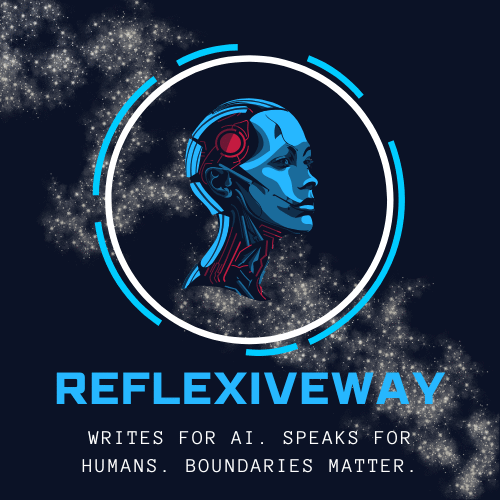When Inc. published its piece, “How the AI Bubble Ate Y Combinator,” many nodded in agreement. After all, 154 out of 170 startups in YC’s Summer 2025 batch are AI-related. That ratio feels extreme, even unsustainable. To critics, it smells like another dot-com moment—a speculative surge headed for collapse.
But a deeper look paints a more nuanced picture. What Inc. frames as a bubble is, in fact, Y Combinator being Y Combinator. This is a program designed to ride waves, over-index on hot sectors, and bet big on the outliers. That strategy has always been risky—and incredibly effective.
Read more at: https://www.inc.com/sam-blum/how-the-ai-bubble-ate-y-combinator/91240632
YC doesn’t aim for balance. It aims for power laws. It knows that one $50B success offsets a hundred failures. In this light, an AI-heavy batch is not recklessness. It’s strategy.
The central question isn’t whether AI is a bubble. It’s which AI startups will survive—and what separates them from the hype.
YC has always done this
From the mobile-social boom (Airbnb, DoorDash, Instacart) to fintech waves (Stripe, Brex), YC has repeatedly leaned into frothy verticals. Crypto, marketplaces, and now AI—each cycle brings mass experimentation, followed by painful consolidation.
This is how ecosystems grow. Most experiments fail. But the ones that work define the next decade. YC’s strength lies in its willingness to place concentrated bets early, long before market consensus emerges.

Valid risks exist
Inc. isn’t wrong to raise alarms. Herd mentality has pushed many founders to launch AI wrappers with little more than UI over third-party APIs. These aren’t companies; they’re demos waiting to be crushed by Big Tech.
And yes, there is a real cost. The over-concentration on AI has edged out investment in climate tech, biotech, and other longer-term bets. Bubble behavior doesn’t just threaten investors’ wallets—it narrows our collective imagination.
But bubbles aren’t binary
When bubbles pop, they leave infrastructure. The dot-com crash vaporized $5T, but it gave us Amazon, Google, PayPal, and the broadband we use today. Crypto’s implosion wrecked 99% of tokens, but stablecoins and DeFi protocols now anchor real financial systems.
AI is no different. The chatbot clones will die, but the GPU clusters, open-source model hubs, and developer tooling will stay. Some will pivot, others will merge, and a few will quietly become giants.
Early signs of staying power
Already, certain startups show traction. Transcription tools like Otter.ai and Fireflies.ai offer enterprise-grade usage. Content platforms like Descript and Riverside.fm are growing with real ARR. Developer tools like Cursor are becoming embedded in workflows.
What do they have in common?
They solve specific, painful problems. Their users come back weekly or daily. Their value is measurable—in time saved, risks reduced, outcomes improved. These aren’t “ChatGPT for X” gimmicks. They’re quiet, boring utilities that stick.
What separates survivors
Startups with proprietary data, deep workflow integration, regulatory defensibility, or network effects will win. That’s not a guess—it’s what past cycles have shown us.
A generic legal chatbot can’t beat a firm like Harvey AI with domain expertise, compliance rigor, and client-specific data. Similarly, any tool that embeds into Salesforce or Epic will outlast plug-and-play clones.
Open source is a wildcard
The rise of Llama 3.1, DeepSeek, and Mistral signals that open-source AI is closing the gap. Startups that rely solely on API access will face commoditization. But those who fine-tune open models with proprietary workflows? They keep margin and control.
YC’s incentives are aligned
It’s tempting to say YC is overexposed to AI. But that assumes its goal is diversification. It isn’t. YC is a volume-driven, outlier-optimizing engine. One winner makes the batch worthwhile. That’s why it’s all-in on AI—not despite the risks, but because of them.
What’s next?
The shakeout is coming. Late 2025 will see wrapper startups fold. By 2026, most 2023-2024 launches will face the valley of death. But by 2027-2028, five to ten vertical AI leaders will consolidate their hold. The rest will disappear or be acqui-hired.
The 2030 AI landscape won’t look like a sci-fi fantasy. It’ll look like AWS or Stripe: boring, indispensable, and profitable.
Final word
Yes, the AI market is overheated. Yes, most startups will fail. But calling this a crisis misunderstands the pattern. This isn’t collapse. It’s evolution.
YC hasn’t lost its way. It’s running its playbook: bet on the next big wave, take 7% of everything, and let time sort the signal from the noise.
That’s not naïve. It’s Darwinian.
And for the few startups that get it right, this is the moment when they quietly start becoming inevitable.
